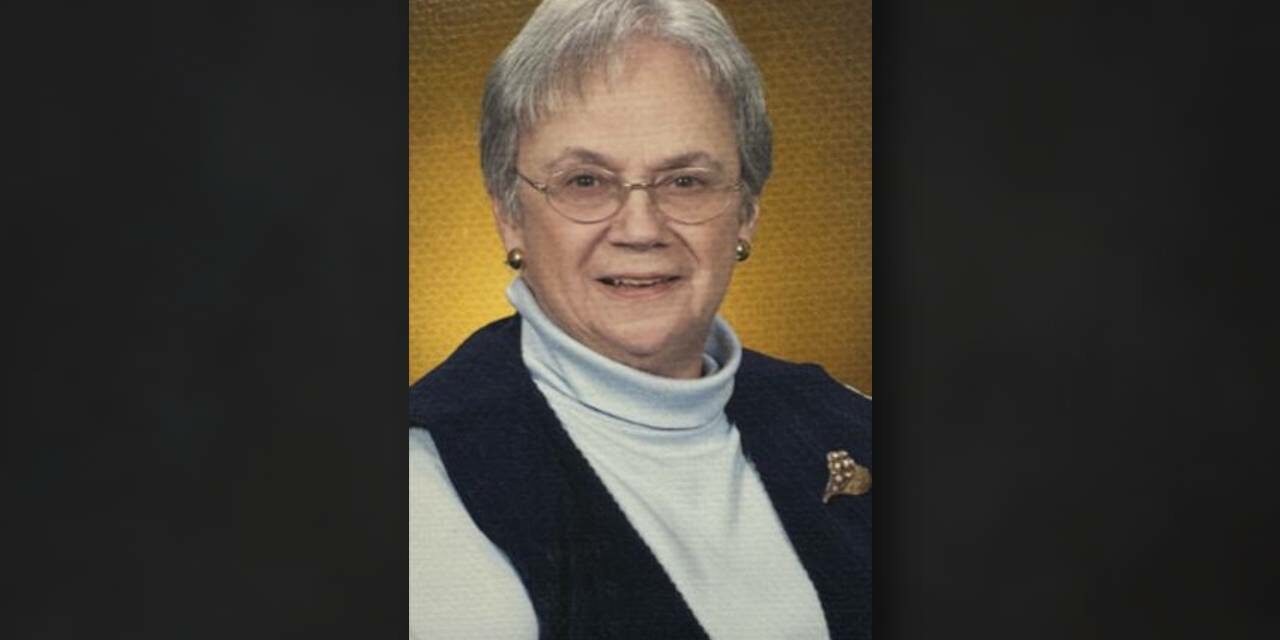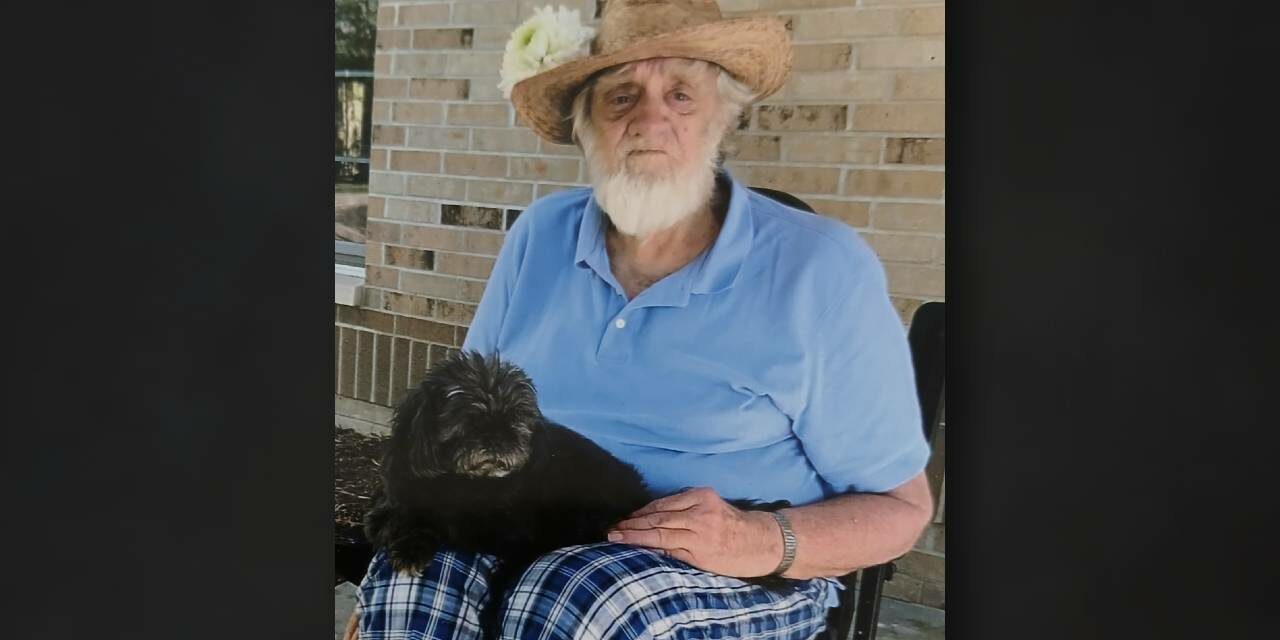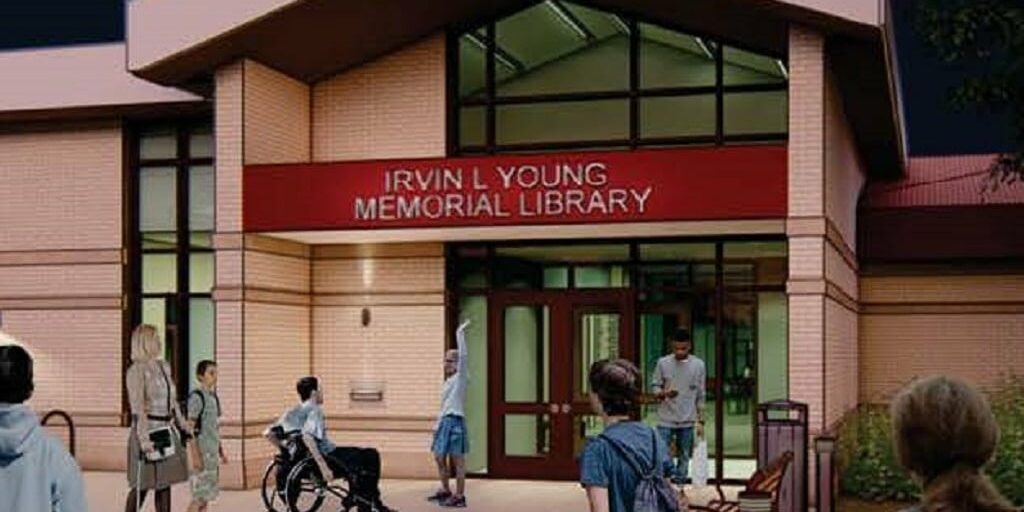By Lynn Binnie
Whitewater Banner volunteer staff
whitewaterbanner@gmail.com

The Badger Project, which uses the tagline “Nonpartisan, nonprofit, investigative journalism in Wisconsin,” published an article by Peter Cameron on August 29 with the headline, “Total number of police in Wisconsin, already at historic lows, continues to drop.” Following are some excerpts from that article, below which the Banner will provide a local perspective.
“The number of law enforcement officers in the state ticked down again in 2022, setting a new record for the lowest statewide total since the Wisconsin Department of Justice started tracking the numbers in 2008.
To relieve some of the burden on law enforcement agencies, and attempt to de-escalate encounters between police and civilians, some cities and counties across the state are experimenting with sending non-police employees to answer some 911 calls.
Wisconsin has fewer than 13,400 law enforcement officers at the moment, according to the state’s Department of Justice. That’s down from 2021, when the state counted more than 13,500. The record high is nearly 14,400 in 2008. These totals exclude officers who work exclusively in correctional facilities.
Although the decreases are small, they are occurring while the state’s population is on the rise. In the last decade, Wisconsin grew to nearly 5.9 million residents from about 5.7 million, according to the U.S. Census — an increase of about 4%.
Exacerbating the law enforcement shortage is Wisconsin’s unemployment rate, which sits at a near-record low of 2.9 percent, below even the national rate of 3.5 percent, which itself matches the lowest level in 50 years.
And while some crime, including burglary and theft, is down statewide, the tumultuous pandemic years have brought a rise in violent crime such as homicide and assault, according to data from the state DOJ. Wisconsin mirrors a rise in most violent crimes across the country.
Milwaukee has taken the brunt. In 2020, the city set a record for its highest number of homicides in one year: 190. Last year, it broke that new record by reaching 197. And with 160 homicides recorded by the end of August, the city is on pace to break that record again this year.
The “cop crunch” has been a concern for years, as demographics and priorities of younger generations shift. But it has become more acute recently as industries across the board struggle to find workers in the post-pandemic economy.
Jim Palmer, executive director of the Wisconsin Professional Police Association, the largest law enforcement union in the state, said he believes that a number of factors have contributed to the crunch.
“Budgetary constraints that impede an agency’s ability to maintain staffing levels, the well-publicized, broad-brush criticisms that surround the profession in the wake of law enforcement controversies, regardless of where they occur in the country, and the changing work preferences of a younger generation that can make more money doing a job that is less dangerous, less scrutinized, and less reliant on working conditions such as shift work and forced overtime,” he said in an email.
In a report from the Wisconsin Policy Forum from June of 2020, Wisconsin finished dead last of all 50 states in the percentage of state funding for law enforcement. To balance that, the state’s municipal governments appear to devote a higher proportion of their budgets to police than the national average, the report said.
Many law enforcement agencies do have the budget authorization to hire, but simply cannot land enough qualified recruits……Law enforcement openings used to attract many applicants. Not anymore. “When I broke into this business in 1983, there were well over 100 applicants” for openings, [Marinette County Sheriff Jerry] Sauve said. Now, “we’re getting 6, 8” applicants.
….Some cities and law enforcement agencies in the state are using civilian employees to ease the burden on police.
The city of Madison, home to what experts call one of the more progressive police departments in the state and country, launched an initiative in September 2021 that dispatches an EMT and a crisis counselor to some 911 calls that don’t require a police presence.
As of August 2022, the Community Alternative Response Emergency Services (CARES) program has answered more than 800 calls that police normally would have, said Madison Fire Department Assistant Chief Che Stedman, who oversees the program.”
Whitewater’s Department staffing is in “pretty good shape”
Dan Meyer, who assumed the role of police chief last month after serving as interim chief since December, 2021, when asked about the department’s current staffing situation, responded as follows: “Currently we are actually in pretty good shape:
Sworn officers: 23/24 – We are down 1 of our 24 sworn officer position with the vacancy of Aaron Raap’s position. That is being filled through the cascading of internal promotional processes currently, and I anticipate it will end with posting a patrol officer position at some point this fall. Our two most recent hires are currently at the law enforcement academy and won’t be on the road until spring 2023.
CSO: 2/2 – Just last week we hired our second CSO [Community Service Officer] so we are now fully staffed. (Both are part-time positions.)
Clerical: 2.5/2.5
Dispatch: 6/7 – We are down one dispatcher of our seven slotted positions.”
Whitewater Police Department is also augmenting its response capabilities with a crisis counselor
As was noted above, some cities, including Madison, are seeking to ease the burden on police by utilizing civilian employees. Last year, as was reported in this Banner article, Walworth County began placing a fulltime Community Crisis Liaison (CCL) in the Whitewater Police Department as part of a pilot program to support the police with behavioral health related calls. Although, as opposed to Madison’s program, this social worker does not respond without an officer to initial calls, they make follow-up contacts in a number of situations. Chief Meyer stated, “the CCL position has improved our communication with Walworth County Health and Human Services, which has significantly increased the provision of mental health and crisis resources in our community.”
Editor’s note: The Banner appreciates being granted permission to quote from the article from The Badger Project.





















